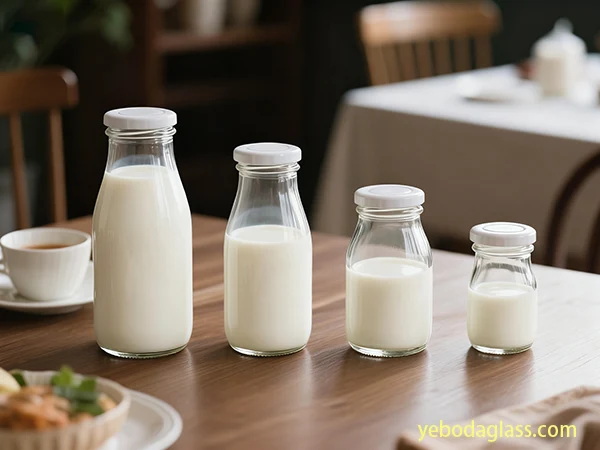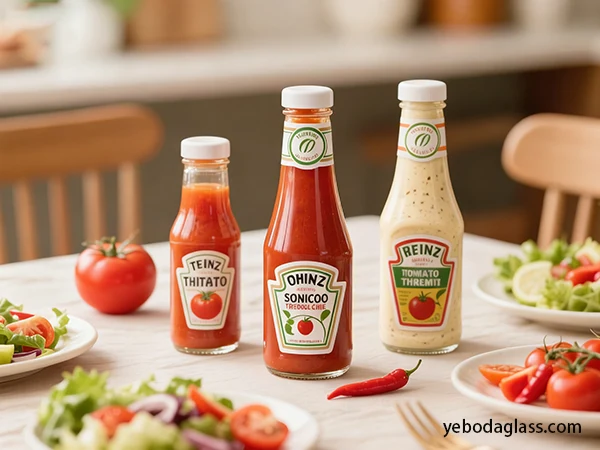Have you ever stood in front of the water aisle at the store and wondered, “How many bottles of water is a gallon anyway?” You’re not alone! Whether you’re prepping for a workout, filling up a reusable jug, or just trying to stay hydrated through a busy day — this simple question can actually trip up even the most organized shopper. Today, we will use the chat method to make this matter clear~
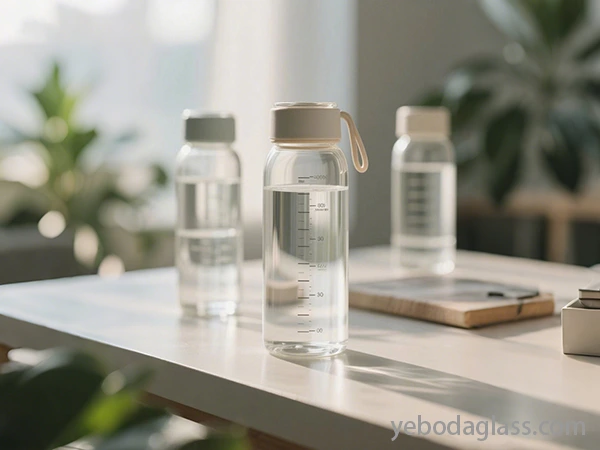
How Many Bottles of Water is A Gallon? What is "gallon"?
Let’s talk about this “gallon” first. It sounds like a mysterious guest from a foreign country. In fact, it has a long history, but its “identity” is different in different places! When we buy water in American supermarkets, the most common thing we deal with is the US liquid gallon, which is the protagonist we are going to conquer today!
Imagine that the US gallon is like an officially certified “liquid capacity boss”. The law stipulates that its “size” is 231 cubic inches. It is a “relative” of the familiar US fluid ounce (f oz)! 1 US gallon = 128 US fluid ounces, which means that 1 US fluid ounce is a tiny thing in front of the US gallon, only 1/128 of it. Converted to the liters we commonly use, it is approximately equal to 3.785 liters. Remember this number, and you will “show your skills” later!
Here is the key point! In addition to the US liquid gallon we are talking about, there is also the imperial gallon (used by the UK and some Commonwealth countries, which is larger than the US gallon, 1 imperial gallon = 4.54609 liters), and the US dry gallon used to measure dry goods. But when buying bottled water, we only need to “fight” with the US liquid gallon!
What are the specifications of bottled water on the market?
The most common bottled water specification
According to market research, the most common disposable plastic bottled water specification in the global and US retail markets is 16.9 fluid ounces (about 500 ml). The reason why this specification is so popular is its portability. Whether it is going to work, shopping or exercising, you can drink a bottle of water anytime and anywhere with a bottle in your bag, so everyone regards it as a standard specification.
Choice of small-capacity bottled water
In addition to 16.9 fluid ounces, there are many small-capacity bottled water, such as 8 fluid ounces (about 0.237 liters) and 12 fluid ounces (about 0.355 liters). These small water bottles are generally more popular with children, or suitable for quick hydration when we go out for a short time.
Ideal choice for large-capacity bottled water
If you drink a lot of water or need to stay outdoors for a long time, you have to choose a large-capacity one. The large-capacity water bottles on the market, 1 liter (equivalent to 33.8 fluid ounces) and 1.5 liters (equivalent to 50.7 fluid ounces), are for us. Athletes and outdoor enthusiasts especially like these large-capacity water bottles, and the cost per unit volume is lower, which is very cost-effective.
Special specifications and large container options
In addition, there are some less common but still available specifications, such as 20 fluid ounces, 23.7 fluid ounces (about 0.70 liters), 25 fluid ounces, and even 3 liters of bottled water, as well as 1 gallon (128 fluid ounces) bottles and larger 2.5 gallon, 3 gallon and 5 gallon containers.
Factors determining package size
The market preference for different sizes of bottled water is not static. For example, in the production of custom-labeled bottled water, the 12 fluid ounce size is becoming more and more popular because it is more moderate. The determination of package size is influenced by many factors, including convenience, cost-effectiveness and environmental awareness.
Trends and materials in the bottled water market
As people become more environmentally conscious, many believe that buying large-volume bottled water can reduce disposable plastic waste and be more environmentally friendly. In addition, people are becoming more health-conscious and willing to replace sugary drinks with bottled water. In the bottled water market, purified water dominates, with a share of approximately 74-75.5% in 2024, and its packaging size range is particularly wide, ranging from 250 ml to 5 liters. Most bottled water is packaged in PET (polyethylene terephthalate) bottles.
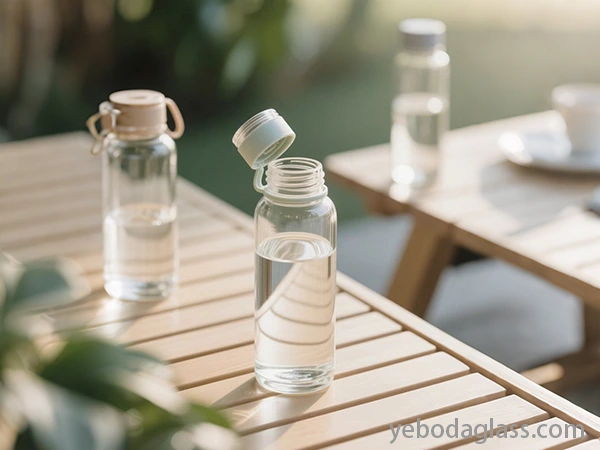
how many bottles of water is a gallon
What we have discussed before are all theoretical calculations, but in real life, actual situations will affect our understanding and application of the question “How many bottles of water is a gallon”. Understanding these differences will help you better choose the bottled water specifications that suit you.
Theoretical volume vs actual filling volume
The net content marked on the bottled water label is the theoretical capacity. However, in the actual production process, due to factors such as the precision of manufacturing equipment, production line speed, temperature changes, etc., the actual amount of water filled may differ from the capacity on the label. In addition, a small amount of space must be left at the mouth of the bottle to prevent thermal expansion and contraction and leakage, which also affects the actual capacity.
Strict regulation of net content by US regulations
The US Food and Drug Administration (FDA) and the National Institute of Standards and Technology (NIST) strictly regulate the net content of packaged foods, including bottled water. The FDA stipulates that the net content must be clearly marked on the package, and liquid foods are usually expressed in liquid units. NIST The manual provides detailed procedural guidelines for government officials to test the compliance of the net content of packaged goods and stipulates the “maximum allowable deviation” (MAV), which means that the actual volume of a single package is allowed to deviate from the labeled volume within a certain range, but it must not exceed this range.
Waste during the filling process
Studies have shown that changes in the amount of water in the filling process of water bottles are one of the main sources of waste in bottling plants, accounting for nearly 80%. This shows that it is difficult for manufacturers to accurately control the filling volume. If the actual net content is much lower than the labeled volume, even if other bottles in the same batch are filled with more, it may be considered inaccurately labeled. Therefore, even if the bottle of water is marked as 16.9 fluid ounces, the actual amount of water may be slightly different, but it is generally within the range allowed by regulations.
International tolerance concept
Although we are mainly discussing US regulations, there is actually a similar tolerance concept internationally. This means that even if the bottle is marked as 16.9 fluid ounces, the actual amount of water may be slightly different, but it is generally within the range allowed by regulations. Understanding these subtle differences can help consumers better judge how to choose the appropriate bottled water specifications, especially when you are concerned about “how many bottles of water is a gallon”.
Retail packaging configuration also has an impact
When we go to the supermarket to buy water, few people buy bottles one by one to make do. Gallons. For example, if you buy a case of 24 bottles of water, the total is 405.6 fluid ounces, which is equivalent to more than 3 gallons! It feels like moving a whole set of “Water World” home directly. But let’s be honest, who would really buy “exactly 1 gallon” of water? Don’t people choose according to the scene?
Consumption habits and needs
Most people buy bottled water for convenience and to meet current or short-term hydration needs. Few people will consider how much a gallon is. People buy 16.9 fluid ounce bottles of water because they are small and easy to hold; buy 1 liter or 1.5 liter bottles of water to have water to drink for a long time; buy gallon barrels of water, usually for home or office. Therefore, the question of “how many bottles of water is a gallon” is more of a theoretical conversion, and people don’t care too much about how many bottles of water is a gallon are actually needed.
Environmental protection and sustainable development
Now more and more people are beginning to pay attention to environmental protection. We not only drink water for ourselves, but also “replenish water” for the earth. Those small plastic bottles that are thrown away casually, although convenient, actually quietly bring a lot of “burden” to the earth. Therefore, more and more smart friends begin to choose – large bottles of water or gallon barrels of water. The same amount of water, less plastic, and the environmental protection index is directly blown up!
How many bottles of water is a gallon?
The answer is hidden in the size of the bottle. If you use an 8-ounce small bottle (about 237 ml), 1 gallon ≈ 16 bottles! If it is a common 500 ml mineral water (16.9 ounces), 1 gallon ≈ 7.6 bottles. If you like to use a 1-liter large bottle, 1 gallon ≈ 3.8 bottles. Of course, if you buy a 1-gallon bottle directly, it is 1 bottle, domineering!Doesn’t this look like an interesting “life math problem”? In fact, these packages are designed to meet our different needs: it is convenient to carry a small bottle when exercising, and choosing a large bottle to drink water at home is both economical and environmentally friendly. Before you buy water next time, you might want to think about it: Are you an “environmentalist” or a “portability expert” today?
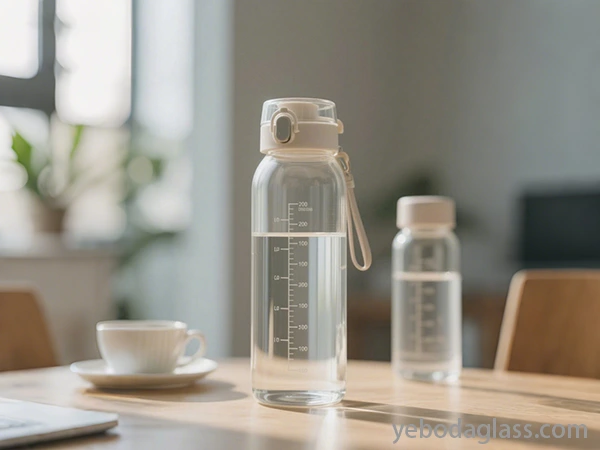
Conclusion
Now you know the answer to how many bottles of water is a gallon. You can choose the drinking method that suits you more wisely. Whether you are a “health expert” who drinks more water every day for health, a “sports expert” who sweats for fitness, or a “life expert” who just needs to replenish water every day, choosing a suitable water cup is crucial.
Speaking of this, we have to mention our YEBODA water cup! It is like a superstar in the water cup world, with precise and convenient design, like a caring assistant, always accompanying you. And it is made of durable, BPA-free material, like a “safety protective suit” for your drinking water, making every sip of water fresh and safe. The YEBODA water cup is not only well-structured, but also “pleasing to the eye”. It has a stylish design, a variety of sizes to choose from, and comes with a leak-proof lid. Whether you put it in your bag or take it to exercise, you don’t have to worry about leaking, allowing you to easily and elegantly achieve your daily hydration goals, just like carrying an exclusive “water-filled little world”.
Choose YEBODA, and every sip of water is like a step towards a healthier and more environmentally friendly lifestyle. Such an excellent water cup, what are you waiting for? Hurry up and get one, and let it become your good companion in life!

